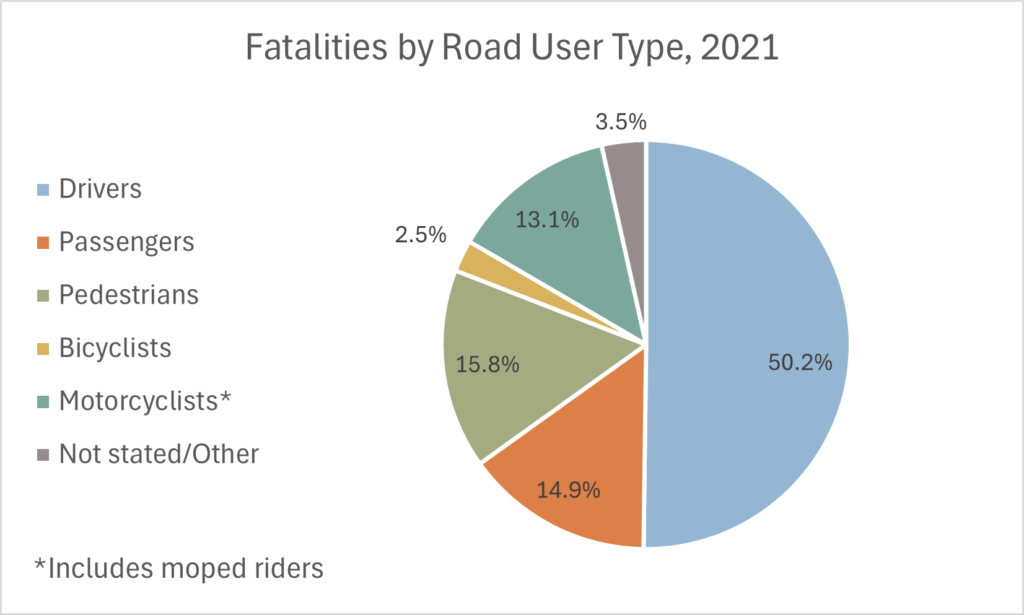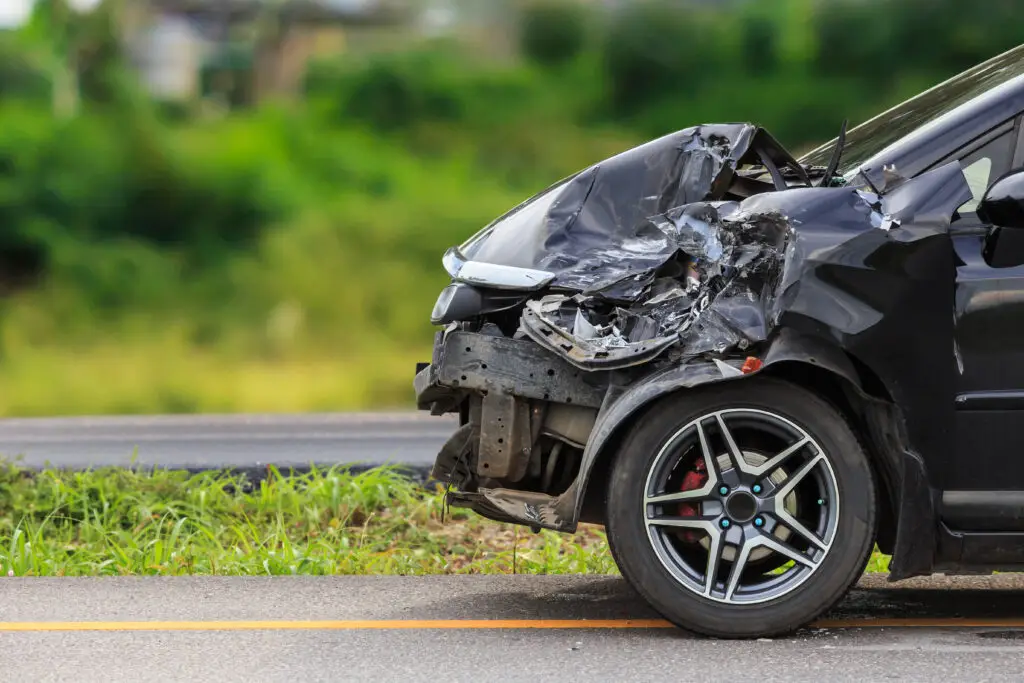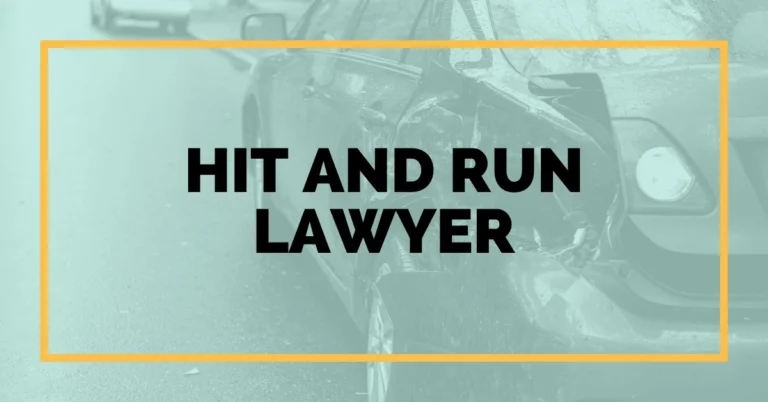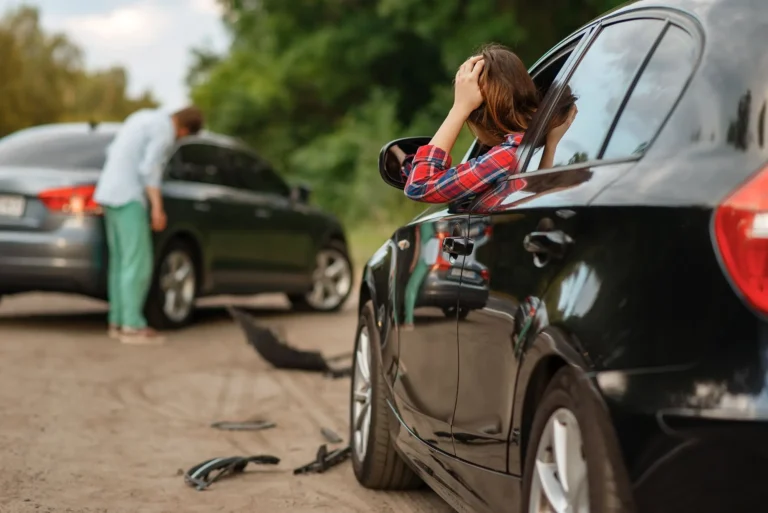Hit and Run Penalties: A Comprehensive Guide For Canada
Hit-and-run incidents are serious offenses in Canada, attracting significant legal consequences. This article delves into various aspects of hit-and-run penalties, including laws, real-life cases, and professional legal services available. If you’ve been involved in or impacted by a hit-and-run, understanding your rights and the legal framework is critical.
Hit and Run Penalties in Canada
A hit-and-run occurs when a driver involved in a collision fails to stop, provide assistance, or share their information with the affected parties. Under the Criminal Code of Canada and provincial traffic laws, fleeing the scene of an accident is a punishable offense, regardless of the severity of the incident.
Types of Hit-and-Run Penalties in Canada
The penalties for hit-and-run offenses vary depending on the circumstances, such as property damage, bodily injury, or fatalities. Below is a detailed breakdown of the consequences offenders may face:
1. Financial Penalties (Fines)
Hit-and-run offenders are subject to significant monetary fines, which vary by province and the severity of the incident:
- Minor Incidents: Collisions involving parked cars or property damage typically result in fines ranging from $400 to $2,000.
- Severe Cases: Incidents involving bodily injury or death can lead to fines exceeding $10,000.

2. License Suspension or Revocation
A hit-and-run conviction often results in the suspension or revocation of the offender’s driver’s license:
- First Offense: Suspensions typically range from 6 months to 2 years.
- Repeat Offenders: Habitual offenders may face longer suspensions or permanent revocation of their driving privileges.
3. Criminal Charges
Serious hit-and-run cases, especially those involving injury or death, can lead to criminal charges under the Criminal Code of Canada:
- Summary Convictions: For less severe offenses, penalties may include shorter jail terms (up to 2 years) and lower fines.
- Indictable Offenses: In cases involving serious harm or fatalities, offenders can face up to life imprisonment.
4. Imprisonment
Hit-and-run incidents involving injuries, fatalities, or reckless behavior often result in jail time:
- Injury Cases: Jail terms can range from 6 months to 10 years.
- Fatality Cases: Convictions can lead to life imprisonment.
5. Civil Liability
Victims of hit-and-run incidents have the right to file civil lawsuits for damages. Offenders may be held financially responsible for:
- Medical expenses
- Lost wages
- Pain and suffering
- Property damage
6. Insurance Penalties
Hit-and-run offenders face significant insurance repercussions:
- Increased premiums
- Denial of claims by insurers like ICBC (Insurance Corporation of British Columbia)
- Policy non-renewal or cancellation
7. Demerit Points on Driving Record
A hit-and-run conviction adds demerit points to the offender’s driving record, which can lead to:
- Additional fines
- License suspension upon reaching the maximum allowed points

Aggravating Factors That Increase Penalties
The severity of hit-and-run penalties can escalate based on specific factors:
- Failure to Provide Assistance: Not aiding injured parties can result in harsher penalties.
- Repeat Offenses: Courts impose stricter consequences on habitual offenders.
- Alcohol or Drug Impairment: Driving under the influence significantly increases the severity of charges.
Provincial Variations in Hit-and-Run Penalties
Hit-and-Run Penalties in British Columbia (BC)
Under the Motor Vehicle Act, BC imposes strict penalties for hit-and-run offenses:
- Fines of up to $2,000
- Jail sentences for severe cases
- Increased insurance premiums or claim denials by ICBC
Hit-and-Run in Victoria, BC
Victoria records numerous hit-and-run cases annually. Victims are advised to:
- Report incidents promptly to police and ICBC.
- Seek legal representation familiar with Victoria’s traffic laws.
Hit-and-Run in Toronto, Ontario
Toronto’s dense traffic increases the likelihood of hit-and-run incidents. Key considerations include:
- Reporting Requirements: Immediate reporting is mandatory to avoid complicity.
- Parked Car Incidents: Even minor collisions with parked vehicles must be reported to avoid penalties.
Hit-and-Run Penalties in Calgary, Alberta
Calgary enforces stringent laws against hit-and-run offenders. Authorities emphasize the importance of:
- Staying at the scene.
- Providing assistance to injured parties.
Legal Support for Hit-and-Run Cases
Dentons Edmonton: Expert Legal Representation
For hit-and-run charges in Edmonton, Dentons Edmonton offers strategic legal representation tailored to traffic violations and criminal law.
Shane Stevenson Edmonton: Trusted Legal Advocate
Shane Stevenson, a prominent legal expert in Edmonton, specializes in defending hit-and-run cases, ensuring fair representation and comprehensive legal counsel.
Diamond and Diamond: Free Consultation in Ontario
If you’re involved in a hit-and-run in Ontario, Diamond and Diamond provides free consultations to guide you through the legal process.
How to Deal with a Hit-and-Run in Canada
Steps for Drivers
- Stop Immediately: Never leave the scene of an accident.
- Provide Assistance: Help injured parties and call emergency services.
- Share Information: Exchange contact and insurance details with affected parties.
- Report the Incident: Notify the police and your insurance provider.
Steps for Victims
- Document Evidence: Take photos, videos, and gather witness statements.
- File a Police Report: Report the incident promptly.
- Seek Legal Advice: Consult a hit and run lawyer to understand your rights and options.
Key Legal Precedents in Hit-and-Run Cases
1. Evaluation of Evidence
Canadian courts place significant emphasis on the quality and reliability of evidence in hit-and-run cases. Key types of evidence include:
- Witness Statements: Testimonies from bystanders or other drivers can provide crucial details about the incident, such as the vehicle’s description, license plate number, and the driver’s behavior.
- Surveillance Footage: CCTV cameras, dashcams, and traffic cameras often capture hit-and-run incidents, providing irrefutable visual evidence.
- Forensic Evidence: Skid marks, vehicle debris, and damage analysis can help reconstruct the scene and identify the offending vehicle.
Courts rigorously evaluate this evidence to establish the offender’s identity, intent, and level of culpability. For example, in R. v. Smith (2021), the Ontario Court of Appeal upheld a conviction based on surveillance footage that clearly identified the defendant’s vehicle and actions.
2. Stricter Penalties for Repeat Offenders
Canadian courts have consistently imposed harsher penalties on repeat offenders to deter habitual behavior. In R. v. Johnson (2019), a repeat offender involved in a hit-and-run resulting in bodily injury was sentenced to 10 years in prison, reflecting the judiciary’s zero-tolerance approach.
3. Impaired Driving and Hit-and-Run Offenses
Cases involving alcohol or drug impairment are treated with heightened severity. Courts often consider impairment as an aggravating factor, leading to longer jail terms and higher fines. For instance, in R. v. Patel (2020), a driver who fled the scene after causing a fatal collision while under the influence of alcohol was sentenced to life imprisonment.
4. Duty to Remain at the Scene
Canadian law imposes a legal obligation on drivers to remain at the scene of an accident, provide assistance, and share their information. Failure to do so can result in criminal charges under Section 252 of the Criminal Code of Canada. In R. v. Lee (2018), the Supreme Court of Canada reaffirmed this duty, emphasizing that fleeing the scene undermines public safety and accountability.
Recent Hit-and-Run News in Canada: Calls for Reform
Recent high-profile hit-and-run cases in Ontario and British Columbia have sparked public outrage and calls for stricter penalties and better enforcement mechanisms. One must seek the best hit and run lawyer to persue his case
1. Ontario Hit-and-Run Incidents
In 2023, a hit-and-run in Toronto involving a pedestrian fatality led to widespread media coverage and demands for:
- Stricter Penalties: Advocates are pushing for mandatory minimum sentences for hit-and-run offenses involving injury or death.
- Enhanced Surveillance: Proposals include installing more traffic cameras and license plate recognition systems to identify fleeing drivers.
Related Article: San Diego Hit and Run Lawyer
2. British Columbia Hit-and-Run Cases
BC has seen a rise in hit-and-run incidents, particularly in urban areas like Vancouver and Victoria. Recent cases have highlighted the need for:
- Public Awareness Campaigns: Educating drivers about their legal obligations and the consequences of fleeing the scene.
- Improved Road Safety Measures: Implementing better lighting, crosswalks, and traffic calming measures to reduce accidents.
ICBC Hit-and-Run Claims: What to Do If Your Claim Is Denied
The Insurance Corporation of British Columbia (ICBC) handles hit-and-run claims in BC. However, claims are often denied if the offender cannot be identified or if negligence is proven. If your ICBC hit-and-run claim is denied, follow these steps:
1. Gather Additional Evidence
To strengthen your case, collect as much evidence as possible, including:
- Police Reports: File a report with the police immediately after the incident.
- Witness Statements: Obtain contact information and written statements from witnesses.
- Photographic Evidence: Take photos of the accident scene, vehicle damage, and injuries.
- Surveillance Footage: Request footage from nearby businesses or traffic cameras.
2. Consult Legal Experts Experienced in ICBC Disputes
ICBC disputes can be complex, requiring specialized legal knowledge. Experienced lawyers can:
- Review your case and identify weaknesses in ICBC’s denial.
- Negotiate with ICBC on your behalf.
- Represent you in court if necessary.
3. Appeal the Decision Promptly
If ICBC denies your claim, you have the right to appeal. The appeal process involves:
- Filing a formal appeal with ICBC’s dispute resolution department.
- Presenting your evidence and arguments during the appeal hearing.
- Seeking a judicial review if the appeal is unsuccessful.
For example, in a recent case, a victim successfully appealed an ICBC denial by presenting dashcam footage that clearly showed the offending vehicle’s license plate.
Conclusion
Hit-and-run incidents in Canada carry severe legal, financial, and social consequences. Whether you’re a driver or victim, understanding your rights and obligations is critical. By staying informed and seeking professional legal assistance, you can navigate the complexities of hit-and-run cases effectively.
For expert legal advice and representation, contact trusted professionals like Dentons Edmonton, Shane Stevenson, or Diamond and Diamond.
Frequently Asked Questions
What is considered a hit-and-run in Canada?
A hit-and-run occurs when a driver involved in a collision fails to stop at the scene, provide assistance, or share their contact and insurance information with the affected parties. This is a criminal offense under Section 252 of the Criminal Code of Canada.
What are the penalties for a hit-and-run in Canada?
Penalties vary based on the severity of the incident:
Property Damage: Fines ranging from $400
to $2,000.
Bodily Injury: Jail terms of 6 months to 10 years and fines exceeding $10,000.
Fatalities: Life imprisonment in severe cases.
Additional consequences include license suspension, demerit points, and increased insurance premiums.
Is a hit-and-run a criminal offense in Canada?
Yes, fleeing the scene of an accident is a criminal offense under the Criminal Code of Canada. It can lead to criminal charges, especially if the incident involves injury or death.
What should I do if I’m involved in a hit-and-run in Canada?
Stop Immediately: Never leave the scene.
Provide Assistance: Help injured parties and call emergency services.
Share Information: Exchange contact and insurance details with affected parties.
Report the Incident: Notify the police and your insurance provider.
What happens if I don’t report a hit-and-run in Canada?
Failing to report a hit-and-run can result in:
Criminal charges under Section 252 of the Criminal Code.
Fines, license suspension, and potential imprisonment.
Denial of insurance claims by providers like ICBC.
Do I need to report a hit-and-run if it’s just a minor accident?
Yes, even minor accidents involving property damage (e.g., hitting a parked car) must be reported. Failure to do so can lead to fines and legal penalties.
What are the hit-and-run penalties in British Columbia (BC)?
In BC, hit-and-run offenses can result in:
Fines of up to $2,000.
Jail sentences for severe cases.
Increased insurance premiums or claim denials by ICBC.
What are the hit-and-run penalties in Ontario?
Ontario imposes strict penalties, including:
Fines ranging from $400
to $2,000 for minor incidents.
Jail terms of up to 10 years for injuries or fatalities.
License suspension and demerit points.
Are hit-and-run penalties different in Alberta?
Alberta follows similar penalties as other provinces, with fines, license suspension, and potential imprisonment. Repeat offenders face harsher consequences.
What should I do if ICBC denies my hit-and-run claim?
If ICBC denies your claim:
Gather Evidence: Collect police reports, witness statements, and surveillance footage.
Consult a Lawyer: Seek legal experts experienced in ICBC disputes.
Appeal the Decision: File an appeal with ICBC’s dispute resolution department.
Can ICBC deny a hit-and-run claim if the offender isn’t identified?
Yes, ICBC may deny claims if the offending driver cannot be identified. However, providing strong evidence (e.g., witness statements, footage) can improve your chances of approval.
Should I hire a lawyer for a hit-and-run case in Canada?
es, hiring a lawyer is highly recommended, especially if:
The incident involves injury or death.
You’re facing criminal charges.
Your insurance claim has been denied.





